The Aragonese Pyrenees really are a dream for anyone who loves skiing, mountain views, and charming towns. If you’re torn between Formigal, Panticosa, Cerler, or any of the other ski resorts here, I’ve got you covered. Whether you want wide-open slopes, fewer crowds, or that authentic village vibe, there’s a mountain here that’ll feel just right.
I’ve spent days carving through powder, sipping hot chocolate in little cafés, and stumbling onto hidden gems tucked away in these mountains. Each resort has its own personality—Formigal’s got a lively après-ski scene, while Cerler feels quieter and more local. Panticosa is perfect if you want to mix skiing with relaxing strolls and scenic cable car rides.
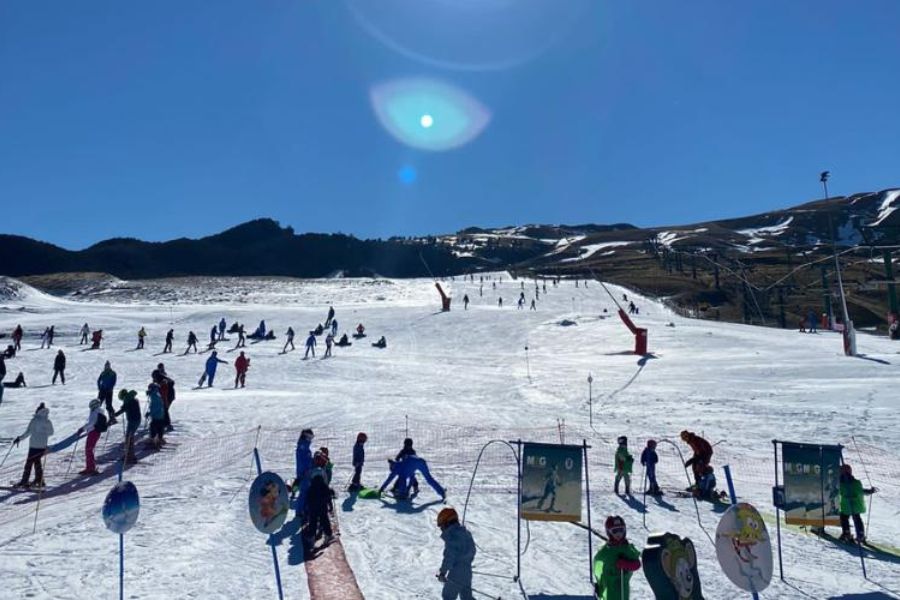
If you’re after practical tips, some real travel inspiration, and honest advice from someone who’s actually been there, you’re in the right spot. Let’s get into what makes each of these Pyrenean resorts special—so you can plan the winter trip that actually fits you.
Why Choose the Aragonese Pyrenees for Your Skiing Adventure
A winter trip to the Aragonese Pyrenees brings together jaw-dropping scenery, outdoor fun, and easy travel from Valencia. It’s not just about skiing—there’s a lot more going on here, and every day feels a bit different.
Stunning Mountain Scenery
The first time I saw the rugged peaks and deep valleys of the Aragonese Pyrenees, I was blown away. The snow-capped mountains look incredible, especially around Formigal and Cerler, where the landscape still feels wild and untouched.
Giant peaks rise up beside frozen lakes. There are so many spots for photos, it’s almost ridiculous.
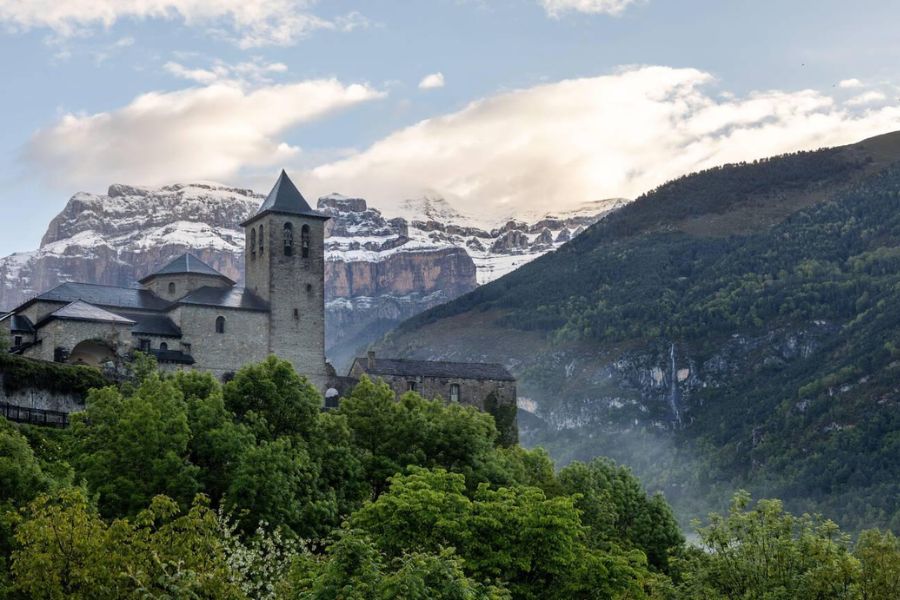
Skiing here means wide-open views and catching glimpses of medieval villages tucked into the valleys. Evenings bring those unreal mountain sunsets. The scenery isn’t just a pretty backdrop—it really shapes the whole skiing experience. Every run sticks in your memory.
Winter Activities Beyond Skiing
Most people come for skiing or snowboarding, but honestly, there’s plenty more to do. I found that Jaca’s medieval streets are perfect for a lazy afternoon stroll after a morning on the slopes.
There are snowshoe trails, ice skating rinks, and even spas if you need a break from the cold.
Traditional Aragonese towns are made for wandering. Local cafés and restaurants serve up hearty regional dishes, so after a day outside, you can always find something delicious. Family-friendly resorts like Formigal-Panticosa throw in sledding, snow parks, and guided nature tours, so there’s never a dull moment.
Easy Access from Valencia
Getting here from Valencia is easier than you might think. The highways and train routes go straight north toward Huesca, so you can reach places like Formigal and Cerler in about five or six hours by car.
I liked that I could leave early and be in the mountains before lunch.
If you don’t feel like driving, there are organized tourism groups that take care of the details. That smooth access takes a lot of stress out of planning, so you can actually enjoy the Pyrenees instead of worrying about the trip itself.
Formigal: The Ski Giant of Aragón
Formigal sits in the beautiful Valle de Tena and is actually Spain’s biggest ski resort, with 137 kilometers of ski runs. When I visited, I noticed how the place mixed modern facilities with a genuinely welcoming local vibe. It draws both beginners and advanced skiers.
Best Slopes for All Levels
Formigal’s layout makes it super easy to find slopes that fit your skills. Beginners get wide, gentle pistes near the Anayet and Portalet areas.
The ski schools here are friendly and can teach in English, which is a relief if your Spanish isn’t great.
If you want more of a challenge, there are tough reds and blacks—like the famous “Tres Hombres” and some wild off-piste runs under the lifts. Experts will love the freeride zones and well-marked trails. There are even snow parks and border-cross areas that kept my more adventurous friends entertained.
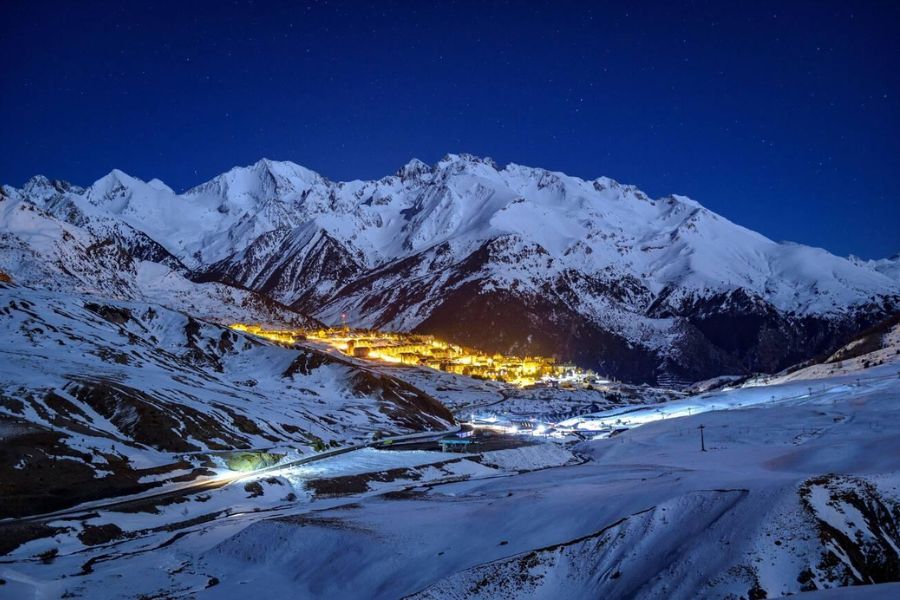
Here’s how the runs break down:
| Difficulty | Number of Runs |
|---|---|
| Green | 19 |
| Blue | 42 |
| Red | 33 |
| Black | 38 |
The lifts move fast and are pretty modern, so I almost never waited long, even on busy days.
Après-Ski and Village Life
When the lifts shut down, Formigal’s village really comes alive. I loved grabbing tapas at cozy bars, and I even caught some live music at Marchica, the famous après-ski club.
The nightlife has a fun, youthful energy, but it’s not overwhelming.
Shops sell everything from local crafts to big ski brands. I picked up some handmade souvenirs at the local markets.
The restaurant choices surprised me—there’s everything from pizza to classic Aragonese stews.
Walking around, the vibe felt festive but not too hectic. The tourism office usually has something going on, especially on weekends or holidays.
Families and Group Experiences
Formigal works great for families and bigger groups. I saw dedicated play areas for kids, and the family sledding afternoon was a hit with the little ones.
Beginner zones and magic carpet lifts help new skiers feel safe and comfortable.
You’ll find group lessons and activity packages for everyone. Rental shops have gear for all ages and sizes, so logistics never felt stressful.
The resort even runs a shuttle bus between the slopes and main hotels.
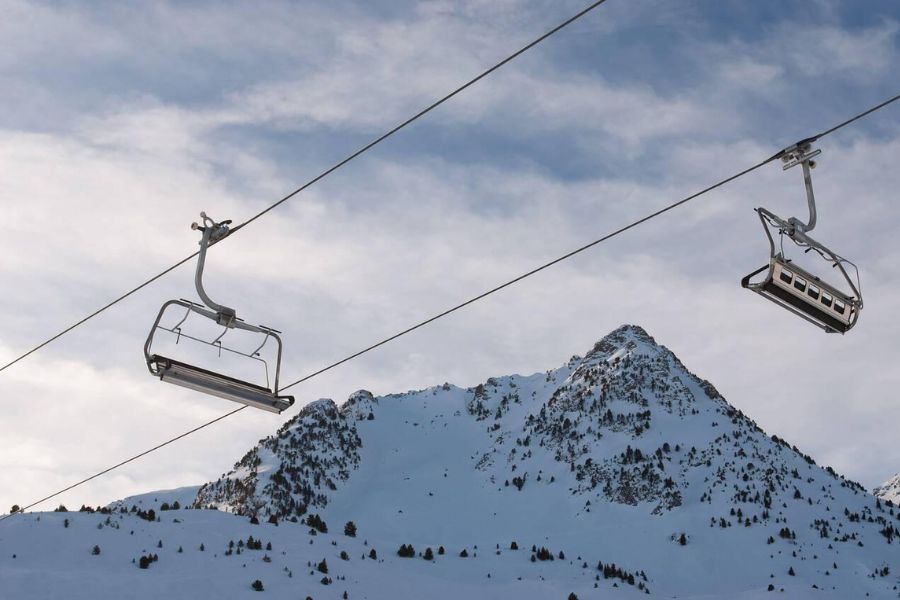
If you’re not into skiing, there’s still plenty to do—snowshoe trails and dog sledding tours mean everyone can find their own kind of fun. My friends who didn’t ski still left with great memories.
Skiing Panticosa: Relaxed Atmosphere with Thermal Charm
Panticosa has this peaceful vibe, mixing gentle ski slopes with natural hot springs. It’s my go-to when I want a slower pace and a bit of mountain pampering.
Top Reasons to Ski Panticosa
Panticosa’s laid-back mood hits you right away. The ski area has wide, tree-lined runs that let you glide at your own speed without fighting big crowds.
Most slopes are beginner and family-friendly, but there’s enough variety for advanced skiers—some scenic reds and blues keep things interesting.
The ski lifts give you those classic Pyrenean views. On clear days, looking out over the valleys feels like stepping into a postcard.
I like that Panticosa feels more intimate and less commercial than Formigal. Local cafés at the base are relaxed, with friendly staff and hearty mountain food.
If you want something different, try a guided snowshoe walk or night skiing under the stars. Those little touches make Panticosa feel special.
Thermal Spas and Wellness
Panticosa’s thermal spa, the Balneario de Panticosa, is a real treat. After hours on the slopes, sinking into those warm natural pools is pure bliss.
The spa’s mineral-rich waters have been famous for centuries.
Inside, you’ll find both indoor and outdoor pools, hot tubs, and steam rooms. I always try to end my ski days here—it turns a regular ski trip into a wellness escape.
Many hotels offer access or discounts to the spa, so it’s easy to work in a soak.

For quieter time, go in the early afternoon. I’d bring a swimsuit and towel, and definitely book ahead during school holidays since it can get crowded.
Mountain Experiences for Couples
Panticosa makes mountain adventures feel a bit more romantic. When I visit with my partner, it’s hard not to be swept up by the cozy setting—small mountain hotels, candlelit dinners, and crisp air that just begs for a slow walk together.
We’ve done sunset rides on the chairlift, and those golden-hour views across the valley are something else.
Off the slopes, a winter walk through snowy forests feels almost magical, like you’ve stepped into your own little world.
There are rustic tapas bars and wine spots where you can linger by the fire. The pace is slow here, so you get real time together—no rushing, just mountain beauty and those quiet moments you remember.
Cerler: Where Adventure Meets Authentic Pyrenean Culture
Cerler caught me off guard with its mix of scenic runs and down-to-earth Pyrenean hospitality. It’s more than just a ski resort—it’s a place where adventure and local life blend together, and where meals, landscapes, and little traditions inspire you to see more.
Cerler’s Unique Terrain
Cerler sits high among the tallest peaks in the Pyrenees, which gives it a dramatic setting for skiers and snowboarders. I found 81 kilometers of pistes, covering all difficulty levels.
The chairlifts are quick, and I rarely waited in line, even on weekends.
You can start from Cerler village or Ampriu. I liked starting in Ampriu—it gets you right up to the higher, wide-open runs.
Families and beginners can stick to the lower slopes near the main village, which are gentle and safe.
If you want more adrenaline, head up to Gallinero peak for big views and longer, tougher descents.
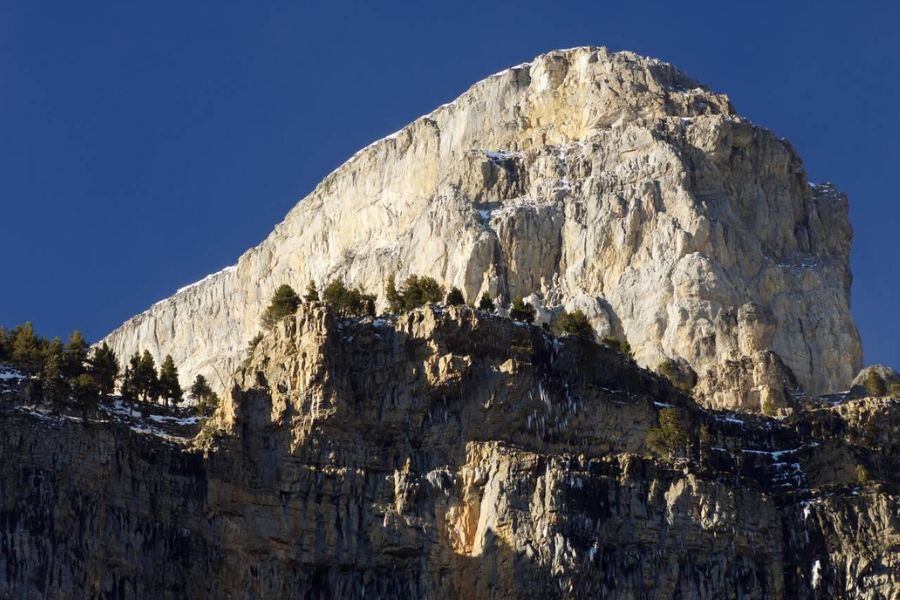
Snow quality stays good all winter, and even when it’s busy, I never felt crowded. Honestly, it’s a hidden gem compared to the Alps.
Local Cuisine and Après Options
After skiing, I always looked forward to eating. Cerler stands out for its local Aragonese cuisine, full of mountain flavors.
Most on-mountain restaurants serve classics like migas (fried breadcrumbs with sausage), ternasco (roast lamb), and hearty stews. My go-to lunch was a bowl of caldo aragonés—just the thing for a cold day.
In the village, you’ll find small tapas bars and family-run restaurants. The après-ski isn’t wild, but it’s friendly. People gather for drinks, laughter, and chocolate con churros.
It’s easy to meet other travelers and locals, and evenings feel relaxed and authentic. Sharing a table by the fire with locals gave me some of my favorite memories.
Hidden Spots for the Curious Explorer
What I loved most in Cerler were the little surprises away from the main slopes. Sometimes I’d take a break and wander through the old village, with its narrow stone streets and houses that look straight out of another era.
There are artisan shops and bakeries where I picked up empanadas and homemade cheese.
I also found quiet viewpoints and short winter hiking trails that start just outside town. On clear days, these paths offer breathtaking views of the Aneto massif and other peaks—a perfect quick escape from the crowds.
For a real local experience, I once visited during a small festival and joined in village traditions. I got to taste special regional dishes you won’t find on any menu.
These hidden corners and friendly faces make Cerler a spot that feels both adventurous and deeply rooted in Pyrenean culture.
Comparing Aragón’s Best: Which Resort is Right for You?
Choosing where to ski in the Aragonese Pyrenees really comes down to what kind of winter adventure you want. Each resort has its own flavor, from lively slopes and après-ski fun to peaceful mountain views and family-friendly trails.
Formigal vs Panticosa
When I want variety and lots of runs, I usually go for Formigal. It’s the biggest ski resort in Aragón, with over 140 kilometers of slopes. That’s plenty of ground to cover, especially if you’re staying for more than a weekend or traveling with a group of mixed abilities.
The lifts move quickly and feel pretty modern, so I end up spending more time actually skiing instead of just standing around.
Panticosa feels like the opposite—smaller and much quieter. Since it’s just a short drive from Formigal, I sometimes ski both during one trip. If you’re into peaceful scenery and a laid-back vibe, Panticosa just hits different.
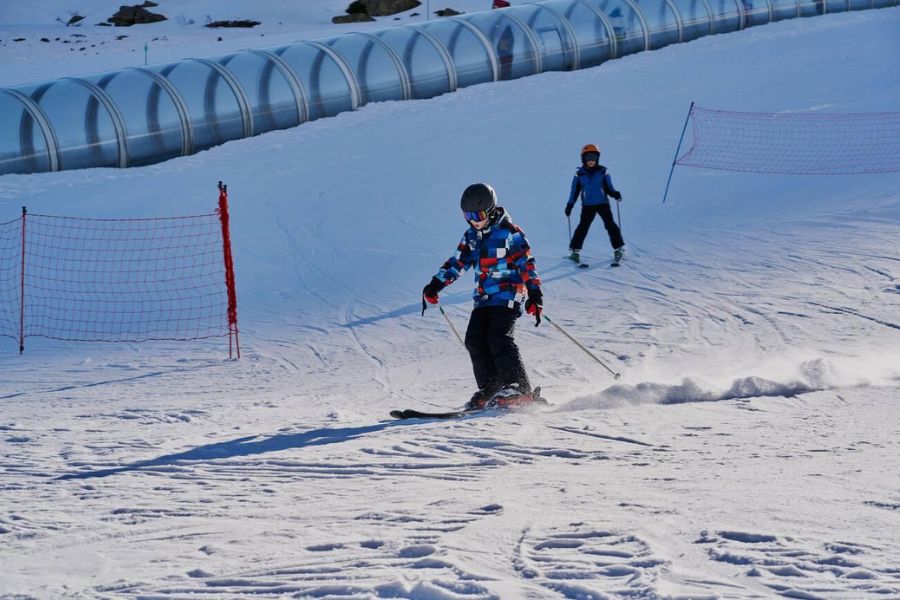
Families and beginners seem to feel comfortable here because the resort’s easy to get around. I never get tired of the views from the top; honestly, it’s one of the prettiest spots in Aragón.
Here’s a quick comparison:
| Feature | Formigal | Panticosa |
|---|---|---|
| Ski Area (km) | 140+ | About 35 |
| Atmosphere | Lively, busy | Calm, scenic |
| Best For | Mixed groups | Families, beginners |
| Après-Ski | Active | Relaxed |
Cerler in Perspective
Cerler feels like a hidden gem compared to the busier Formigal. The setting is just gorgeous—tucked among some of the highest peaks in the Pyrenees, it has a real alpine vibe.
I love the long, scenic runs at Cerler. They’re perfect for intermediate and advanced skiers, and honestly, I could spend all day exploring them.
Cerler never feels as crowded, probably because the base is pretty compact. The village itself has this cozy charm, and I’ve met locals who always seem eager to share secret pistes or point me toward the best hot chocolate in town.
If you want less of a commercial scene and more jaw-dropping views, Cerler really stands out.
Key points about Cerler:
- Around 80 kilometers of ski runs
- Known for authentic Pyrenees experience
- Great base village with friendly locals
- Long, enjoyable descents
Choosing Based on Experience Level
Finding the right resort really comes down to matching your ski level with the terrain. Beginners usually feel at home in Panticosa—it’s got those gentle slopes and quiet practice areas, so learning doesn’t feel overwhelming.
The ski schools there? Super helpful and patient. I’ve actually seen new skiers pick up confidence after just a few lessons.
When friends want a bit more challenge (and honestly, a little excitement), I usually take them to Formigal. You’ll find everything from green to black slopes, which is perfect if your group has mixed skill levels.
I especially like the beginner zones and those wide blue pistes. They’re fantastic for anyone who wants to build up some confidence without too much pressure.
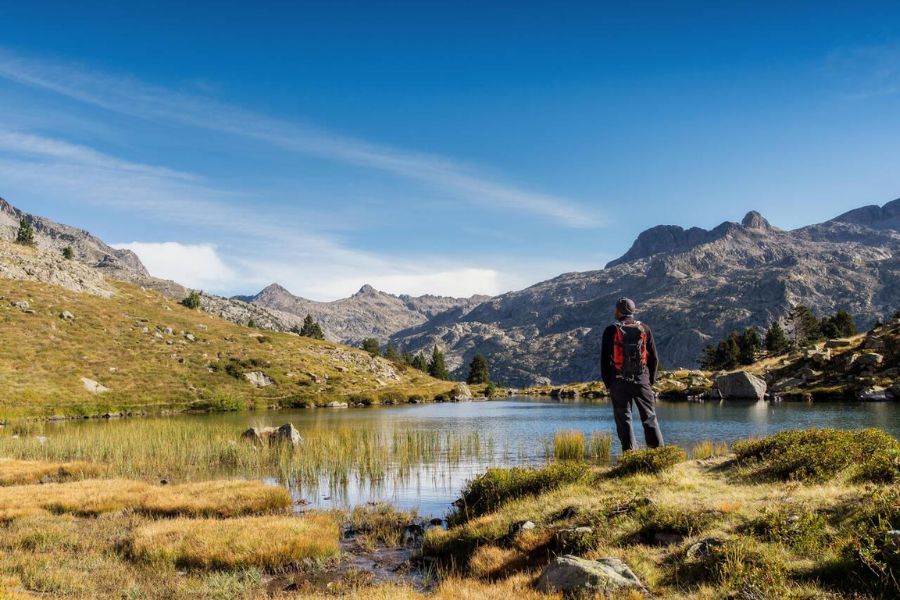
Cerler, on the other hand, is the spot if you’re already comfortable on your skis or board. Most of the runs are red or blue, and the advanced sections? They come with some pretty thrilling drops.
The snow quality tends to stick around late in the season, so I try to sneak in a trip in March or even early April.
If you’re still not sure where to go, a lot of travel sites let you search and compare resorts by features like ski area size, difficulty, family options, and accessibility. That’s actually how I’ve stumbled across a few hidden gems in Aragón, even after all these years.

